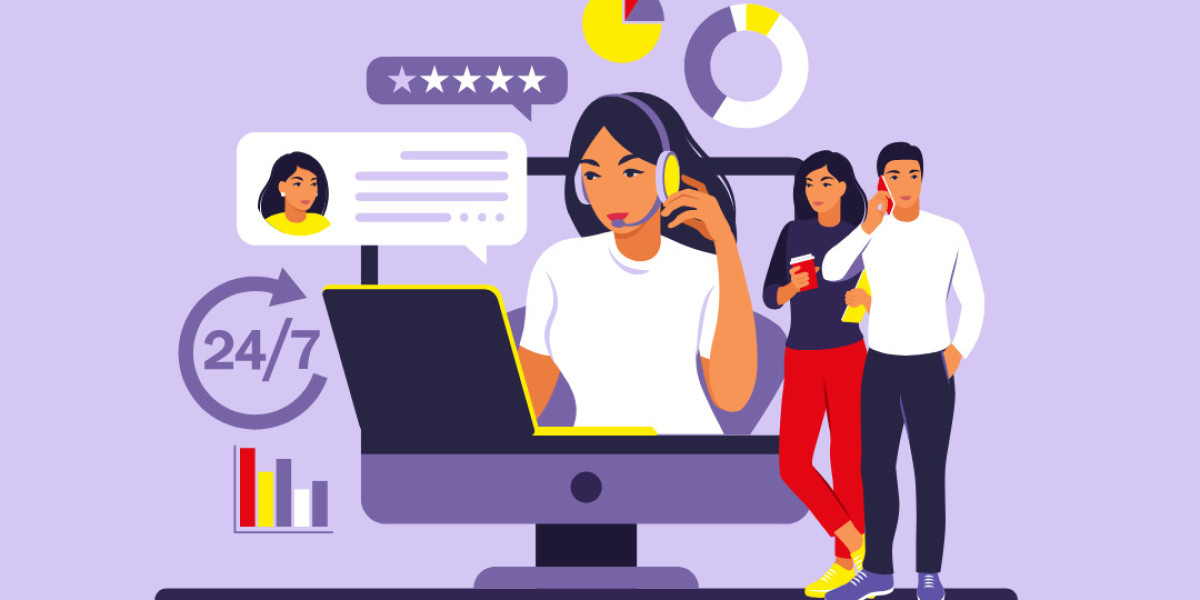Advancements in technology have revolutionized the field of hearing aids, making them more accessible and user-friendly than ever before. One of the most exciting developments in this area is the integration of Bluetooth technology into hearing aids, which has the potential to significantly improve accessibility for individuals with hearing loss. In this article, we will explore the future of hearing aids and the impact of Bluetooth integration on accessibility.
Enhancing Connectivity and Convenience
Bluetooth integration in hearing aids allows for seamless connectivity with a wide range of devices, such as smartphones, tablets, and televisions. This opens up a world of possibilities for individuals with hearing loss, enabling them to stream audio directly to their hearing aids. Whether it's listening to music, watching a movie, or participating in a phone call, Bluetooth integration provides a convenient and immersive listening experience.
Imagine being able to effortlessly switch between different audio sources without the need for additional accessories or complicated setups. With Bluetooth-enabled hearing aids, individuals can easily connect to their favorite devices and enjoy crystal-clear sound quality without any hassle.
Improved Accessibility in Various Settings
The integration of Bluetooth technology in hearing aids also enhances accessibility in various settings. For example, in a crowded restaurant, background noise can often make it challenging for individuals with hearing loss to follow conversations. However, with Bluetooth-enabled hearing aids, they can use their smartphones as remote microphones. By placing the phone close to the person they want to hear, the sound is wirelessly transmitted to their hearing aids, reducing the impact of background noise and improving speech clarity.
In addition, Bluetooth integration allows for the customization of hearing aid settings through smartphone apps. Users can adjust volume levels, change listening programs, and even apply personalized sound equalization profiles, all from the convenience of their smartphones. This level of control empowers individuals with hearing loss to optimize their listening experience in different environments, whether it's a noisy office or a quiet library.
Addressing Stigma and Increasing Acceptance
Historically, there has been a stigma associated with wearing hearing aids, with many individuals perceiving them as bulky and unattractive. However, the integration of Bluetooth technology has led to the development of sleek and discreet hearing aids that are almost indistinguishable from regular earbuds or headphones. This aesthetic improvement not only addresses the stigma but also increases acceptance and adoption of hearing aids among individuals with hearing loss.
Furthermore, the ability to wirelessly connect hearing aids to smartphones and other devices eliminates the need for visible wires or additional accessories, further enhancing the discreetness of these devices. This allows individuals to seamlessly integrate their hearing aids into their daily lives without drawing unnecessary attention.
The Future of Hearing Aids: A World of Possibilities
The integration of Bluetooth technology into hearing aids is just the beginning of a new era in accessibility. As technology continues to advance, we can expect even more innovative features and functionalities to be incorporated into hearing aids, further improving the lives of individuals with hearing loss.
From artificial intelligence algorithms that automatically adapt to different listening environments to real-time language translation capabilities, the future of hearing aids holds immense potential. With ongoing research and development, we can look forward to a world where hearing aids not only restore hearing but also enhance communication and connectivity in ways we never thought possible.
As we embrace the future of hearing aids and explore the possibilities of Bluetooth integration, it is important to remember that accessibility is a fundamental right for all individuals. By leveraging technology and innovation, we can create a world where everyone has equal access to communication and the ability to fully participate in all aspects of life.








